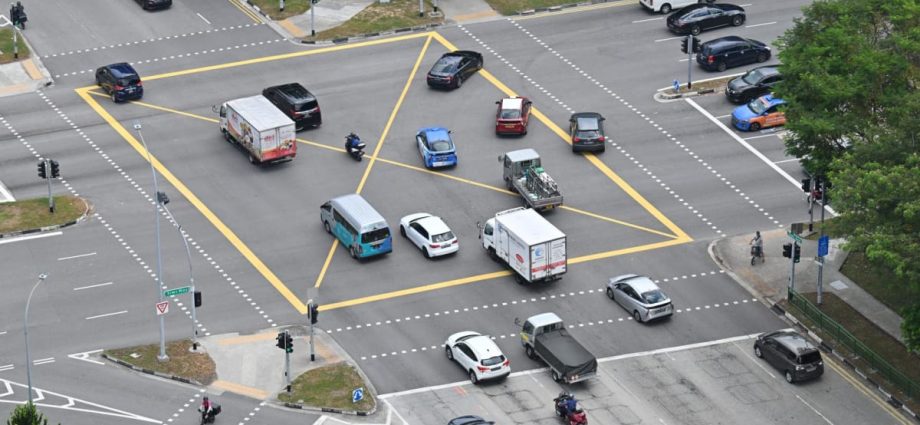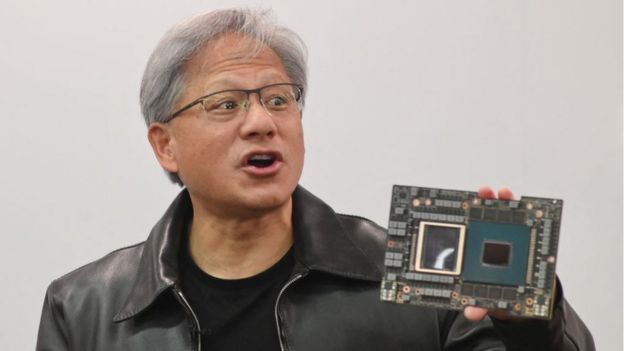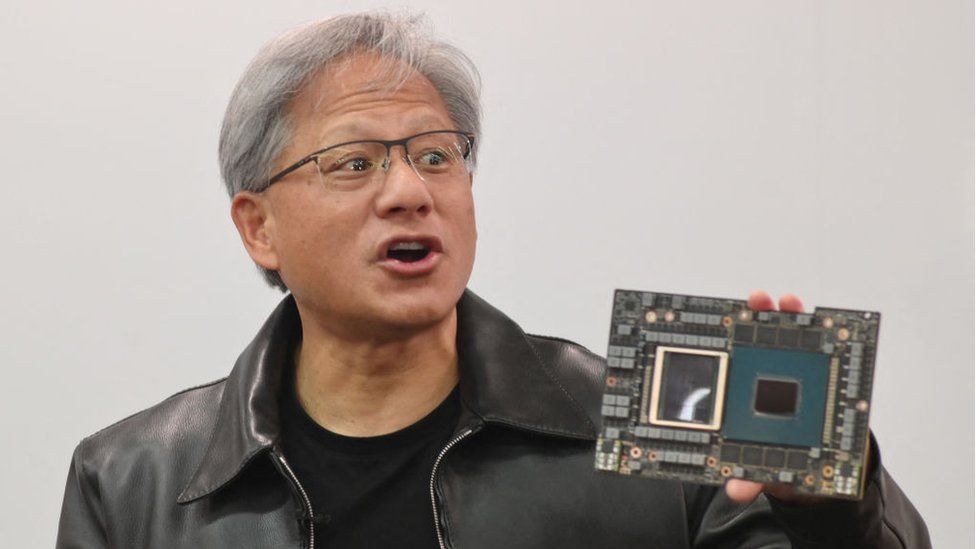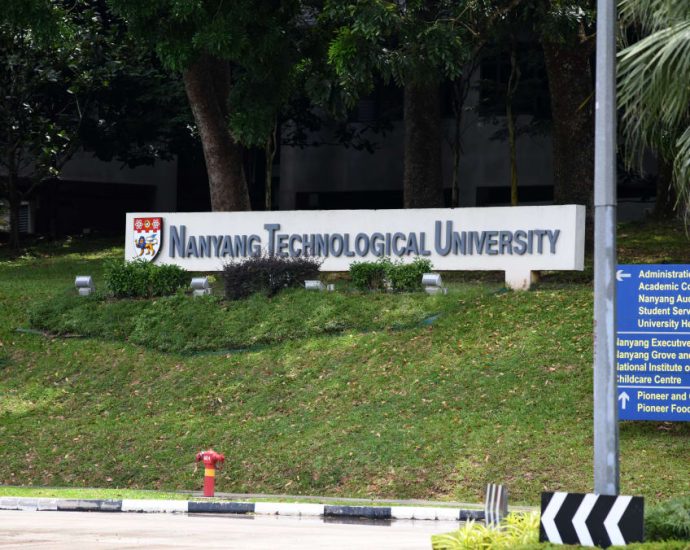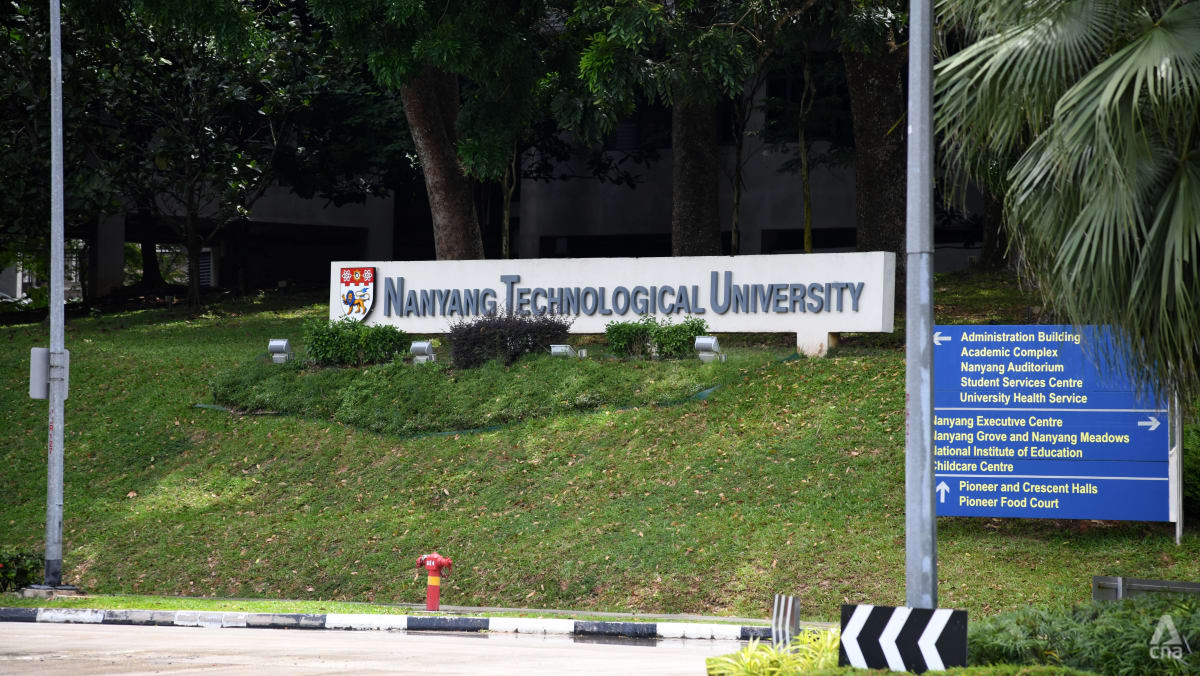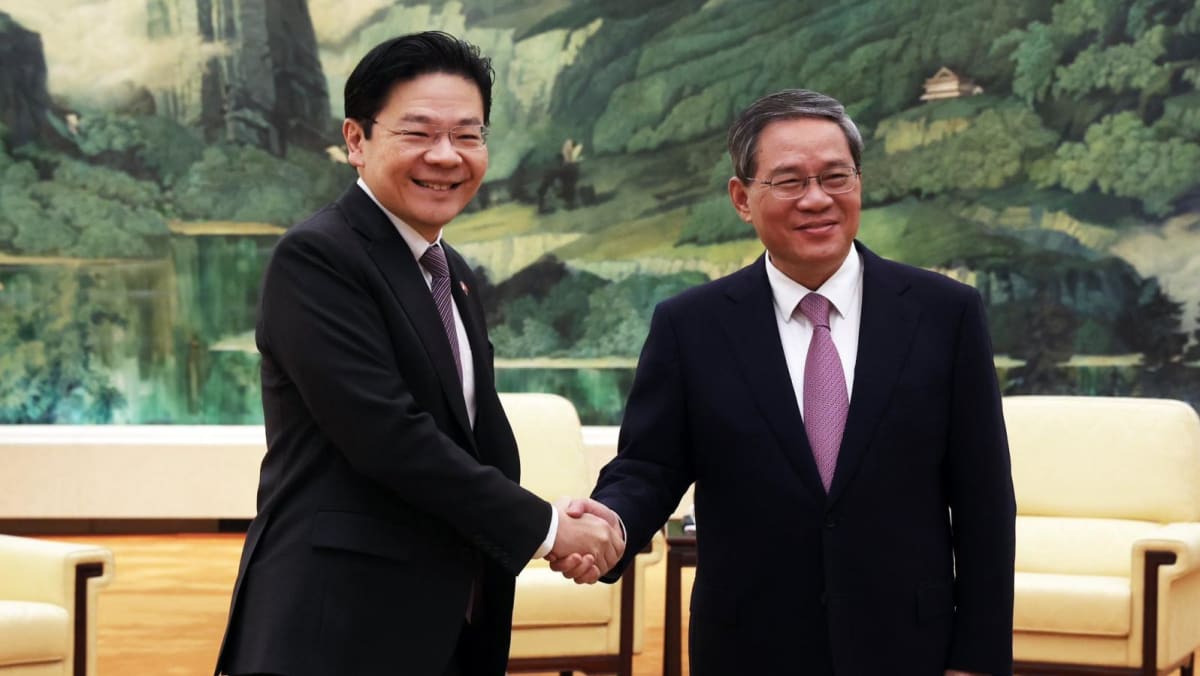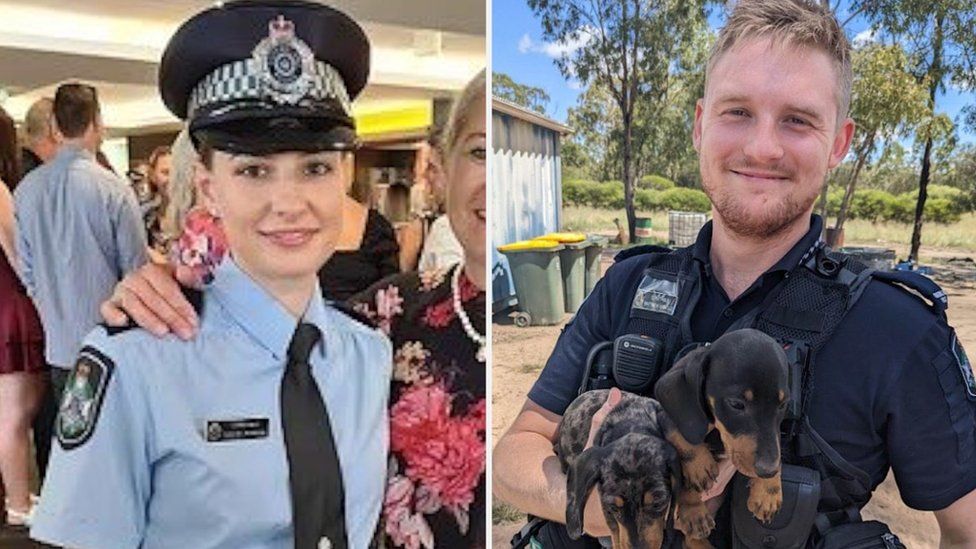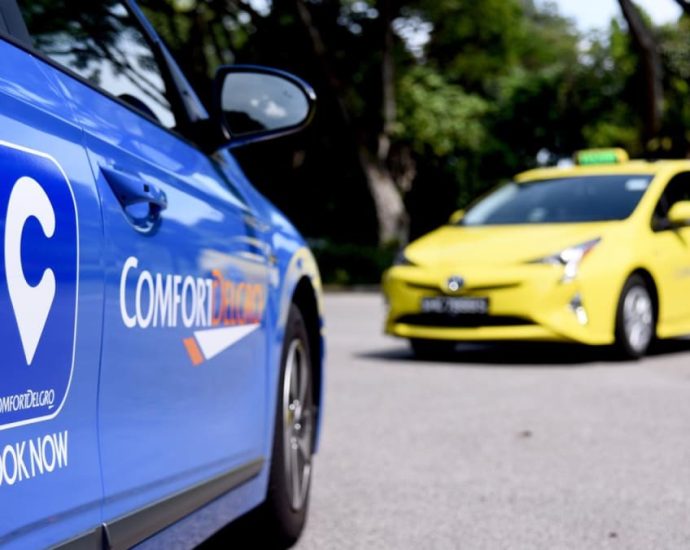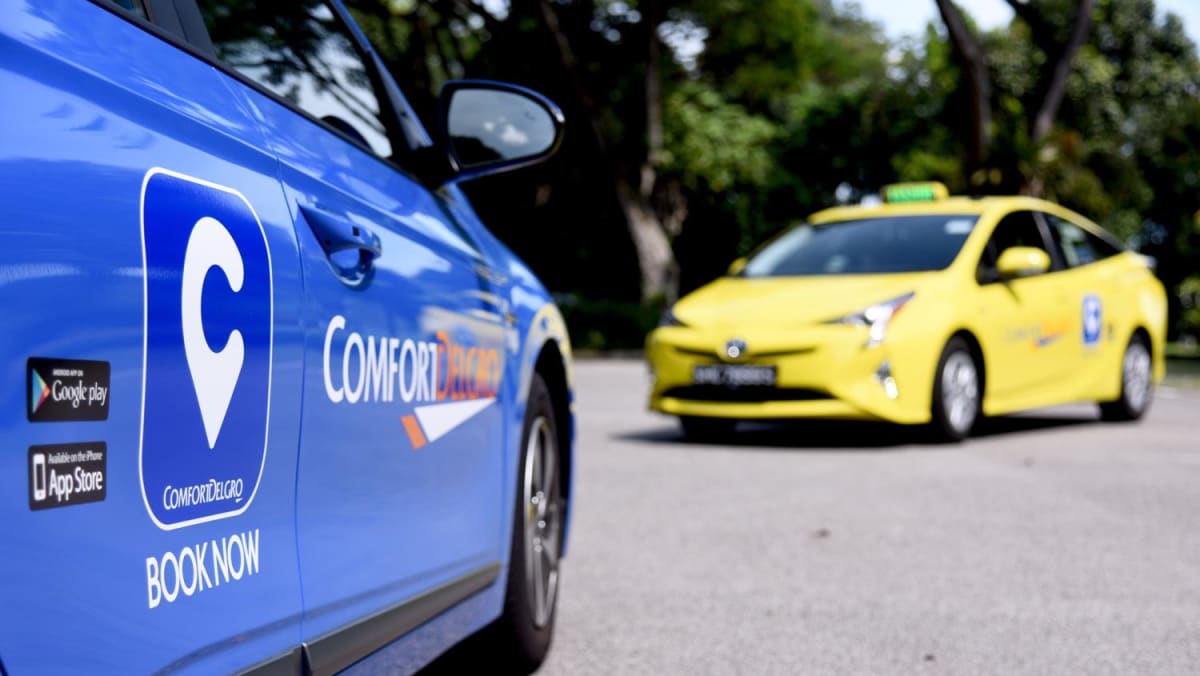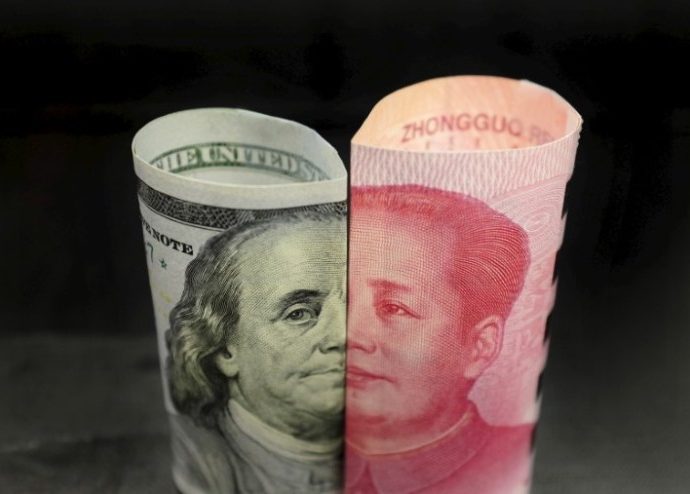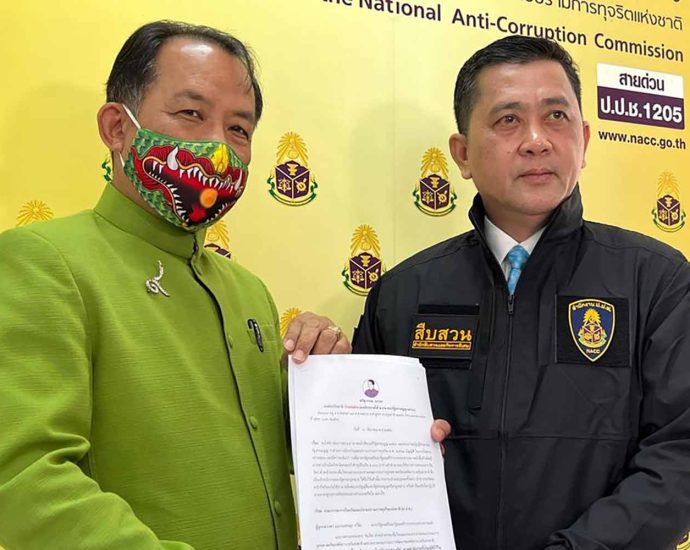Category A COE price rises in latest bidding exercise; premiums for other vehicles down
SINGAPORE: On Wednesday, December 6, Certificate of Entitlement ( COE ) premiums for smaller cars closed slightly higher, but prices for other categories of vehicles decreased. Premiums for Category A vehicles, or those with horsepower no higher than 130 bhp, closed at S$ 88, 020 ( US$ 65, 700 ),Continue Reading

